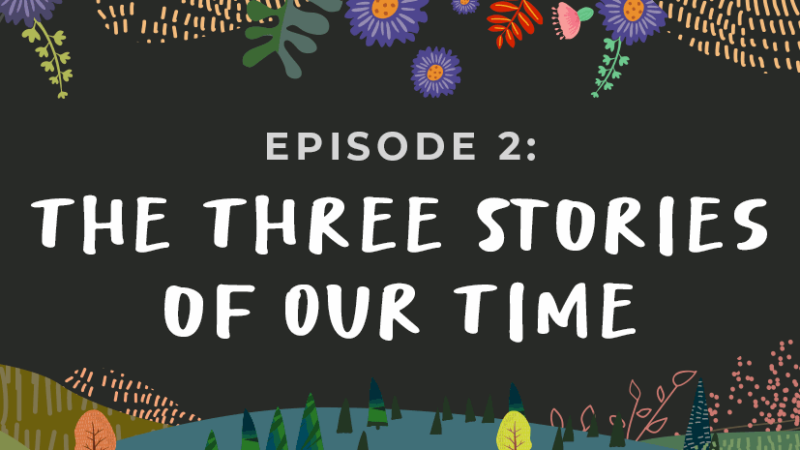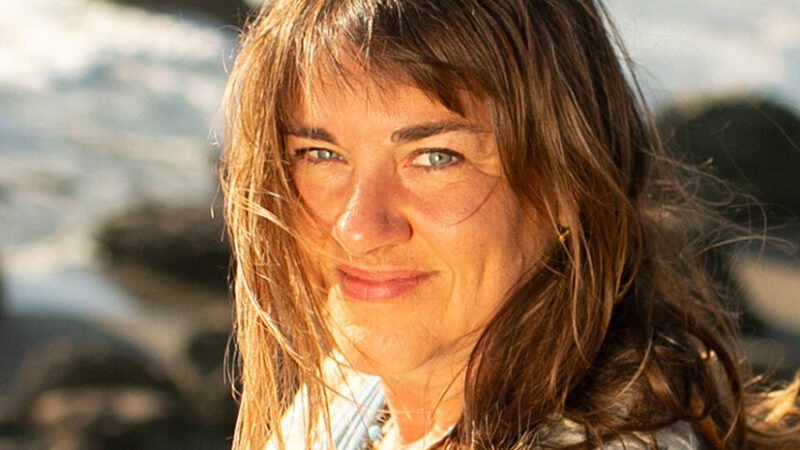When Pain is the Doorway – with Pema Chödrön
Friends, I wanted to let you know about a new audio program we just released from our dear friend Pema Chödrön. In my experience, Pema has a real gift at skillfully guiding a person into the heart of their immediate embodied experience, which is often right into those scary places that are so easily avoided. This work of embodied immediacy is so simple, really, yet not easy; in fact it actually requires everything we have… and a bit more.
Listen to a free audio sample/ learn more about our lovely new audio program with Pema, entitled When Pain is the Doorway.
What if the full sense of our aliveness were only to be found amidst our most challenging times and difficult experiences? In pain and crisis, teaches Pema, there lies a hidden doorway to freedom that appears to us only when we’re sure that there is no way out.
In these intimate audio learning sessions, Pema helps us distinguish the triggers or external events that we blame for our suffering from the deeper habitual patterns that feed our anger, fear, or sadness. From this understanding, we learn how to free ourselves from our propensity to suffer through the transformative awareness of impermanence—the dynamic and ever-shifting nature of both joy and suffering, self and selflessness—and the absolute and eternal flow from which all of it arises.
What is causing my pain? What will happen if I simply lean in, keep company with it, hold it with tenderness? Moment by moment, Pema supports and encourages listeners to bring an openhearted sense of curiosity and welcoming to our apparently impossible situations or unbearable relationships—to discover the deeper freedom available just beneath the surface.
For those experiencing emotional crisis, When Pain Is the Doorway provides expert guidance to help us stop, stay present, and enter into a more welcoming, spacious place of being that is our true home.




 The Science of Mindfulness: How Changing Your Brain Changes Your Life
The Science of Mindfulness: How Changing Your Brain Changes Your Life The Practice of Mindfulness: 6 Guided Practices
The Practice of Mindfulness: 6 Guided Practices